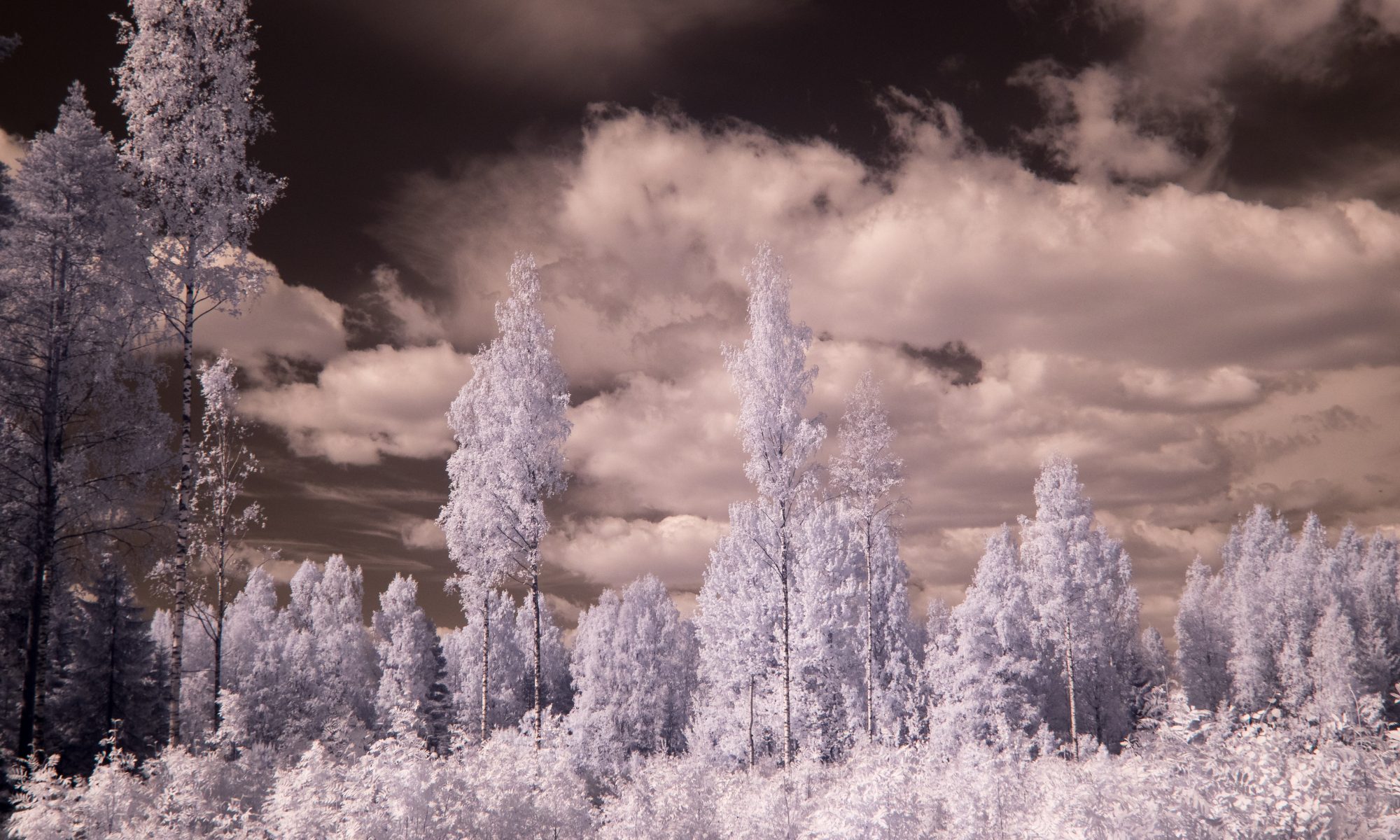Current version is 0.96 and now with the ability to create projects it is really a very nice front-end for R. I use it whenever I use R. Most of the little problems of earlier releases are now over. It can be downloaded from: http://rstudio.org/
Drawing flowcharts
I have been drawing some flowcharts lately using the free yEd program. Earlier I used Visual Thought, another free program, but it has not been updated for more than ten years, and it is no longer available for download. yEd is very easy to use and has a command that adjusts the layout of the charts. Recommended! It can be downloaded (in versions for Windows, OS X and Linux) at http://www.yworks.com/en/products_yed_about.html
Here is an example chart:

Diffuse and direct PAR sensor ordered
I ordered a Delta-T BF5 sensor. This sensor measures PAR, but with a twist. It measures separately direct and diffuse radiation. It should arrive in approximately 3 weeks time.
See the description in Delta-T’s web pages for more information.
Update on the spectroradiometer
The Maya Pro has had the optical bench realigned to optimize performance in UV-B region of the spectrum. Also the aperture has been replaced with a new smaller custom aperture. From the figures sent by the Ocean Optics people, performance seems to have been improved significantly. Our Maya Pro is on its way to Helsinki. Of course, Lasse Ylianttila will have to recalibrate it before it can be used.
Ariel Novoplansky’s lab’s paper on stomata
The paper about Ariel’s group work on plant-plant communication of stress signals is now online.
The reference is:
Falik O, Mordoch Y, Quansah L, Fait A, Novoplansky A, 2011 Rumor Has It…: Relay Communication of Stress Cues in Plants. PLoS ONE 6(11): e23625. doi:10.1371/journal.pone.0023625
It is open access at: http://www.plosone.org/article/info%3Adoi%2F10.1371%2Fjournal.pone.0023625
This is related to what Ariel talked about in his Monday talk lecture.
Update on the spectroradiometer
The people from Ocean Optics have been very helpful and have offered to check our Maya Pro and re-align the optics to try to improve its performance. I should note that the current performance is within specifications, we are just trying to tune the spectrometer to perform at its very best in the UV-B region. So after the end of summer campaign the Maya Pro will be sent to Ocean Optics.
A new postdoctoral researcher joins the team
Dr. Krõõt Aasamaa from Estonia joins the group. She has been studying stomatal responses and water relations at the University of Tartu. We are very happy to welcome her to our group.
Grant awarded to our group
The Academy of Finland has awarded us a grant for research in the coming four years. The project is titled Acclimation of stomatal responses to light: environmental cues, strategies and mechanisms. We have funding for one postdoctoral researcher.
Update on the spectroradiometer
We fetched the Maya from STUK two days ago. Performance for measuring effective UV doses is not as good as we had expected. We may have to send it back to Ocean Optics for checking… It is usable for doses if one is very careful, and very good for measuring unweighted UV and visible spectral irradiances. It should be very good for its main intended use, measuring spectral irradiance in plant canopies.
Update on the spectroradiometer
Our new Maya 2000 Pro is back at Lasse Ylianttila’s lab for calibration with the new Bentham D7-H-SMA cosine diffuser. We will get it back soon. We have been in touch with Ocean Optics about the bad stray light performance. They think that one reason for this is that our instrument has the HC-1 grating with a very wide spectral measuring range of 200 to 1100 nm. For our planned measurements we do need a range of at least 250 to 900 nm, but they think that UV-B performance would have been better with a grating with the upper limit at 650 nm. The problem can be overcome by measuring the stray light using an UV blocking filter, but this adds one more step to each measurement. As we do need to measure both UV and visible radiation probably there would not be any better instrument available, at least from Ocean Optics, for doing our measurements. However, for measuring UV-B alone this is not the handiest instrument.
We expect to start using the Maya in a few weeks time to measure sunlight outdoors and in greenhouses, and later on within plant canopies. Measuring spectra and temporal variation of light quality within canopies could be an interesting MSc thesis project. Please, contact me if you are interested.
